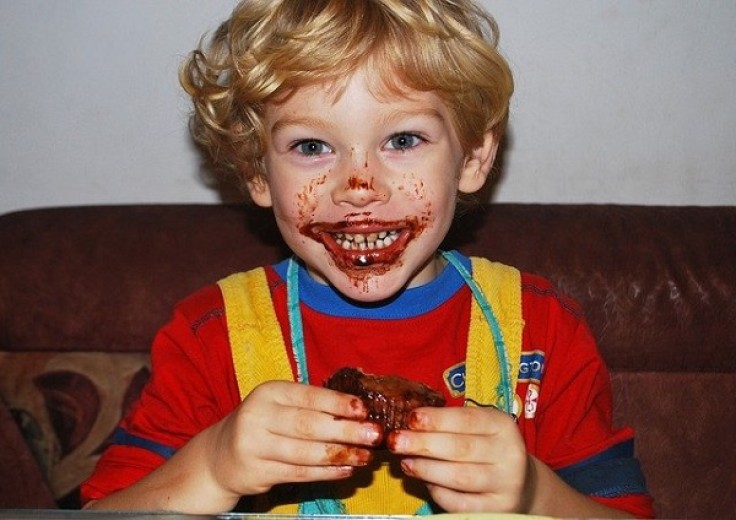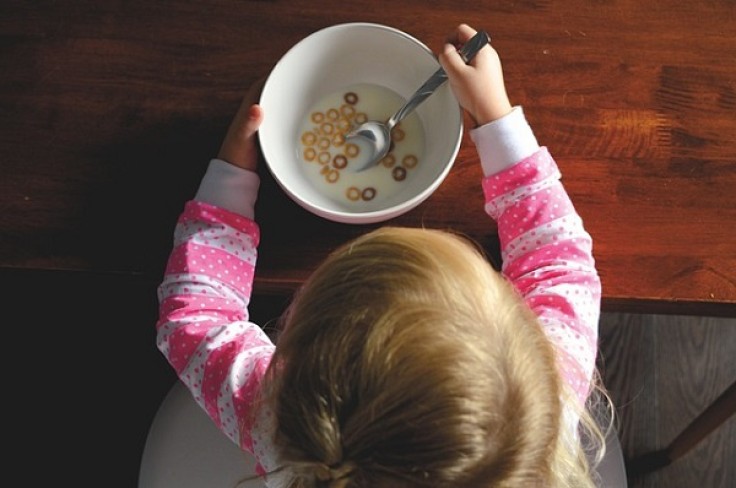

Most babies start eating solid food at 6 months of age. Parents would start giving mashed or puree as they are afraid of choking their babies. However, with baby-led weaning, this is not the case.

What is Baby-led Weaning?
Baby-led weaning, or BLW, is letting babies eat their finger food using their hands from the start. It does not apply to those who started feeding puree to their little ones.
Benefits of Baby-led Weaning
Feeding your baby by BLW is rewarding. It has many benefits. Firstly, it helps in fine-tuning motor skills. According to the author of Feeding Baby, Clancy Cash Harrison, it supports the development of hand-eye coordination, chewing skills, dexterity, and healthy eating habits. She also says that it allows babies to explore the taste, aroma, texture, and color of the food that they eat.
BLW also teaches a child to learn to stop eating when already full. With spoon-feeding, parents tend to overstuff their children, causing the little ones not to identify when they are full and stopping them from regulating their food intake.
Another advantage of BLW is you do not have to buy expensive food containers and have more time because you do not have to use blenders to prepare their food.
Not For All
While BLW may entice parents to let their babies eat independently, it does not apply to babies with developmental delays or neurological issues. They should start with the traditional way of giving solids, according to the co-author of The Pediatrician's Guide to Feeding Babies & Toddlers, Dina DiMaggio, M.D.
When to Start Baby-led Weaning?
There are a few points to note before you start giving solids to your baby. If any of these notes are not met, it means your baby is not yet ready to down solids.
- Able to sit unassisted
- Dropped the tongue-thrust reflex (causes foreign objects to push out of the mouth)
- Grabs and holds on to objects
Mothers should also take note that weaning does not mean giving up on breastfeeding. Ideally, breast milk will still be the primary source of nutrition until 10 or 12 months of age.
Baby-led Weaning Food
The best food to start feeding your baby should be any single ingredient food to rule out any food allergy.
Examples of finger food are:
- avocado
- banana
- broccoli florets with stalks to use as a handle
- moist shredded meats
- poached and flaked salmon
- baked sliced apple without peel
- pasta
- omelet pieces
- strips of chicken
The best size of food for 6 to 8-month old babies is thick and long because they have not yet mastered the pincer grasp and would pick up food using their palms.
Once they reach around 8 to 9 months old, you may start giving smaller pieces like ripe mango chunks, cooked beans, and pieces of pasta.
Also, do take note of the texture. Give only soft and easy to smash food with gentle pressure using your thumb and index finger. A good example is a steamed vegetable such as carrots, potatoes and banana as advised by Leslie Schilling and Wendy Jo Peterson, both moms, dieticians, and co-authors of Born to Eat: Whole Healthy Food From Baby's First Bite.
Start giving mixed dishes once your baby has tried and tolerated every single-ingredient food. Make sure to include food with different vitamins and minerals, and cook them with little to no salt as they cannot process sodium yet.
What to Do If My Baby Chokes?
Gagging is very common when babies start eating solids. It is when babies get watery eyes, coughs, or sputters. It is a safe reflex to get rid of the food.
Choking is different. It happens when food blocks the airway, and there is no sound from the baby. To prevent this from happening, do not give choking hazards such as grapes, hotdogs, raw vegetables, and sticky nut butter. Always stay with your baby when he or she eats. He or she should not be seated upright.
Tips for a Successful Baby-led Weaning
Get ready to be messy.
The main goal of BLW is to let your child smash, smear, lick, and play with the different food that you will introduce to him. The first few days will be messy as he will either drop or just play with their food. This is the way they will learn.
Eat together with them.
Dine together with your baby. This way they will imitate your actions and soon will learn that the objects in front of them are actually food.
Give safe utensils to use.
There are a lot of cute and safe utensils for babies available in the market. Allow babies to eat with those utensils by either guiding them or letting them eat on their own. Avoid giving sharp utensils.

Supplement with milk.
The first few days or weeks will be an adjustment period for your baby. Make sure to feed them with milk still since they will only eat a few of the solids during the introduction.
Baby-led weaning is scary to try at first. But if you think of the benefits it does for your baby; then you will understand that it is rewarding and be glad because what parent always wants what's best for their baby.